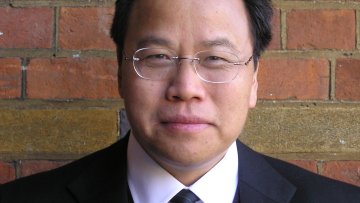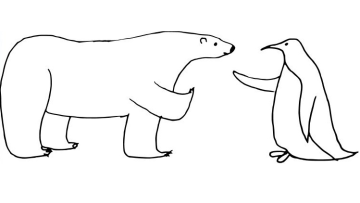On the Ihara/Oda-Matsumoto conjecture and its variants
Abstract
Following the spirit of Grothendieck’s Esquisse d’un Programme, the Ihara/Oda-Matsumoto conjecture predicted a combinatorial description of the absolute Galois group of Q based on its action on geometric fundamental groups of varieties. This conjecture was resolved in the 90’s by Pop using anabelian techniques. In this talk, I will discuss some satronger variants of this conjecture, focusing on the more recent solutions of its pro-ell and mod-ell two-step nilpotent variants.



